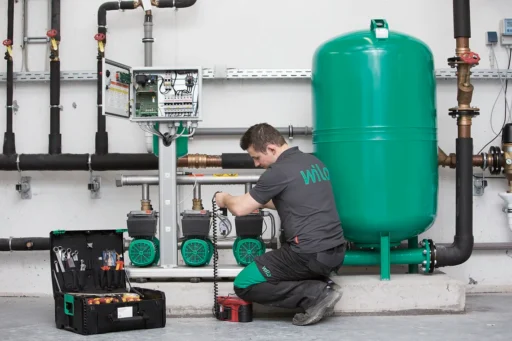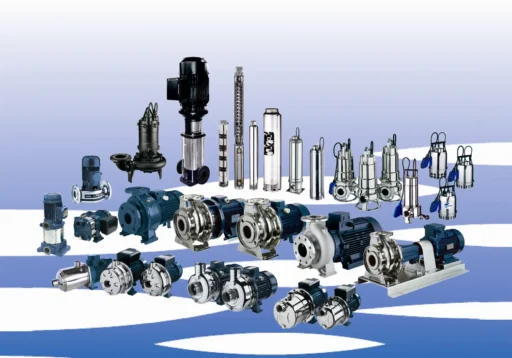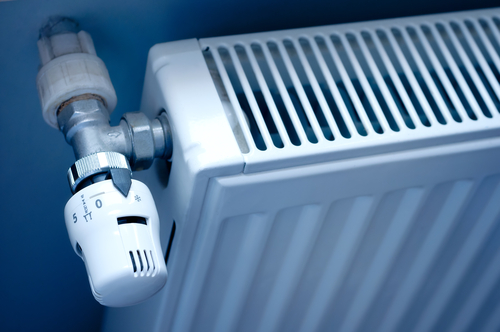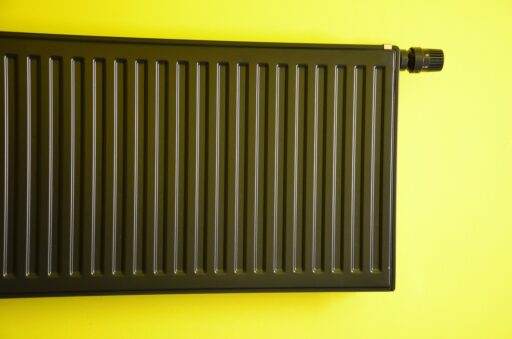In the UK, all new gas boilers installed after April 2005 and oil boilers after 2007 have to be condensing types. What this means is that they capture waste heat by condensing the steam, which on older types of boilers would have gone straight out of the flue.
About your boiler
These are not to be confused with combi boilers. Although combi boilers that generate hot water on demand rather than store it in a cylinder are condensing, there are also system boilers – ones that do have a hot water storage cylinder – that use the condensing principle too. These are usually found in larger properties or where there’s high demand for hot water, such as larger families.
The process of capturing heat that would otherwise be wasted in a condensing boiler means they’re more efficient and use less fuel to heat the house. However, the capturing of that heat leads to the production of waste water, known as condensate. This is slightly acidic and needs to be properly disposed of. What usually happens is that the condensate is taken away from the boiler via a pipe, usually through an outside wall to a nearby drain. In most cases, this disposal of the condensate is taken care of by gravity, but if the boiler is sited a long way from a convenient drain or it’s installed below ground level – in a basement, for example – a different solution to the problem may have to be found.
Condensate pumps
If your boiler is situated so that the condensate isn’t able to drain away by gravity, then using a pump to remove the condensate is the most common option. Unlike the larger circulation pump in the heating system, these are small electric pumps designed specifically for the job.
Because there’s only a relatively small amount of liquid involved, condensate pumps don’t need to run all the time. Instead, they use a small tank to collect and store the condensate as it’s produced. This has a float valve which switches on the pump when the condensate reaches a certain level so that it then gets taken away to the drain.
Energy consumption
Having the pump only run when it’s required means that less energy is used, so if you do need one in your system it will have minimal impact on your electricity usage. Suppliers like Grundfos produce a range of automatic condensate pumps suitable for use in most types of heating installation where a pump is likely to be required.
The pump is usually installed close to the boiler so that it has a convenient electricity supply. They can be used in both wall-mounted or floor-standing installations, depending on the location. Most models are capable of lifting water up to a height of five metres, so there’s no problem with boilers installed in cellars. It’s also possible to add a neutralisation unit to some pumps in order to reduce the acidity of the condensate before it gets pumped out to the drain.
If you do need a condensate pump, there are plenty of options to choose from, and it will keep your system running smoothly.






